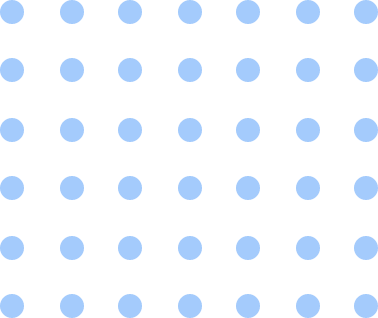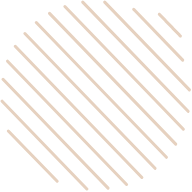FAQ
- Home
- FAQ
We understand that spine issues are common yet information about them is not readily available. But we are dedicated to empowering you by providing apt information for your problem and that is why we have created an FAQ for you.
A spinal cord injury occurs when the spinal cord is damaged, often resulting in loss of function or sensation.
Symptoms may include localized pain, numbness, tingling, or weakness in the affected area due to pressure on spinal nerves.
The cause of back pain is usually identified through a physical examination or diagnostic tests such as X-rays and MRI scans, revealing abnormalities or issues within the spine or surrounding structures.
While there's no cure, treatments like physical therapy, medications, or in severe cases, surgery, can help manage symptoms and improve quality of life.
The four regions of the spine are cervical, thoracic, lumbar, and sacral.
The spine typically stops growing by the age of 18-25, around the end of puberty.
Spine surgery can be performed through traditional open surgery or minimally invasive techniques, depending on what the condition demands
Most patients begin walking within 1-2 days after surgery, with gradual increases in activity.
No bed rest is needed. Rehabilitation / walking begins as early as 6 hrs after surgery will keeps increasing as the days pass
Yes, spinal surgery is generally considered major surgery due to the complexity and risks involved.
While risks exist, modern techniques and expertise have significantly reduced complications, making it relatively safe for most patients.
Symptoms include severe back pain, fever, night sweats, weight loss, and in advanced cases, neurological deficits like numbness or weakness.
Yes, with proper anti-tuberculosis medications and sometimes surgery, spinal TB can be effectively treated.
Pott’s disease is caused by the spread of tuberculosis bacteria to the spine, leading to infection and inflammation.
Diagnosis is confirmed through imaging studies like MRI, along with biopsy and microbiological tests.
Spinal discs are cushion-like structures between vertebrae that act as shock absorbers, allowing flexibility and movement.
Treatment can include physical therapy, medication, injections, or surgery, depending on the severity of the disc problem.
Yes, many slipped discs can be managed non-surgically, but severe cases may require surgical intervention.
Symptoms include back or neck pain, numbness, tingling, weakness in limbs, and in severe cases, loss of bowel or bladder control.
You can book an appointment by contacting our clinic directly via phone or through our website's appointment booking system.


